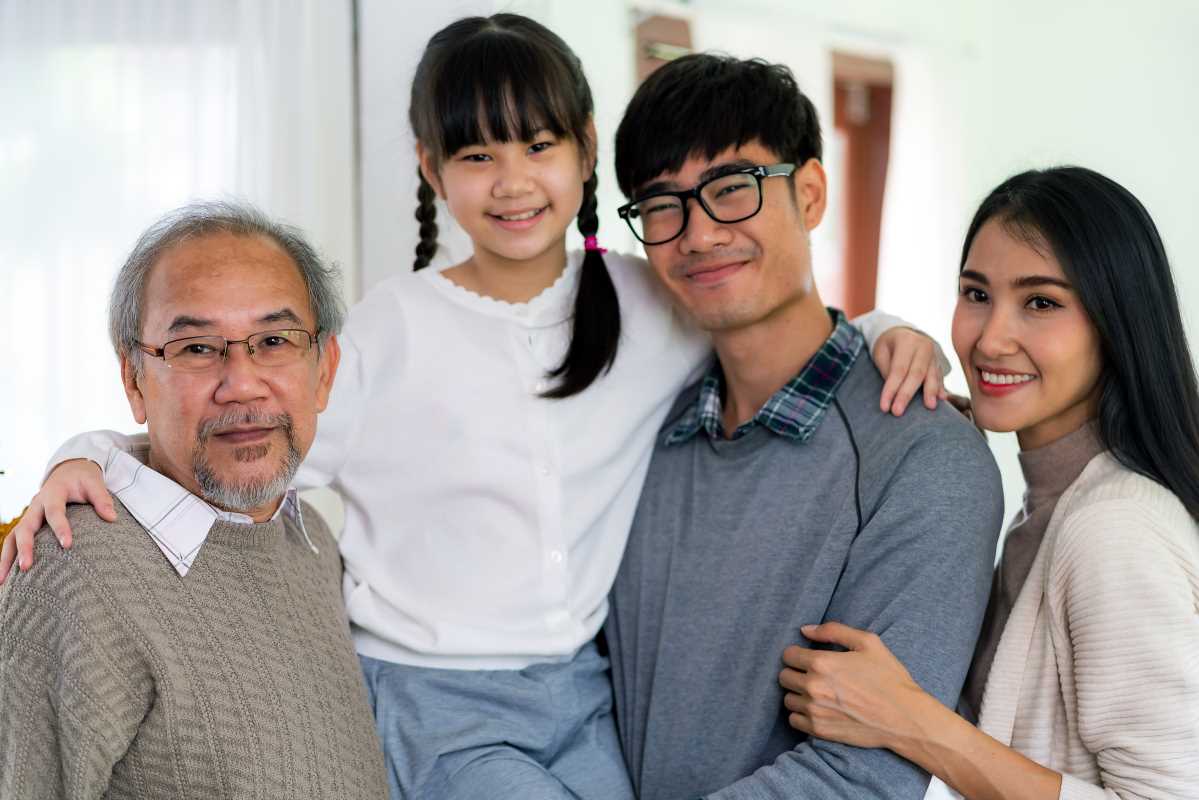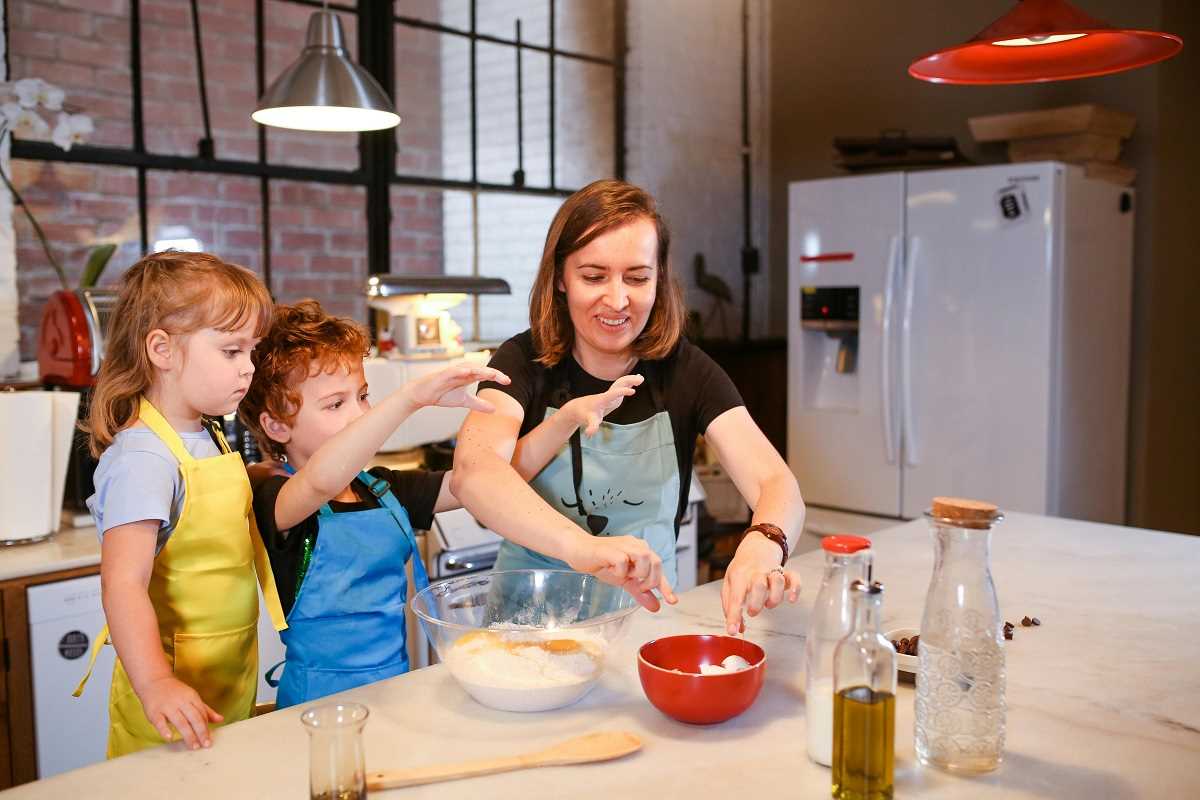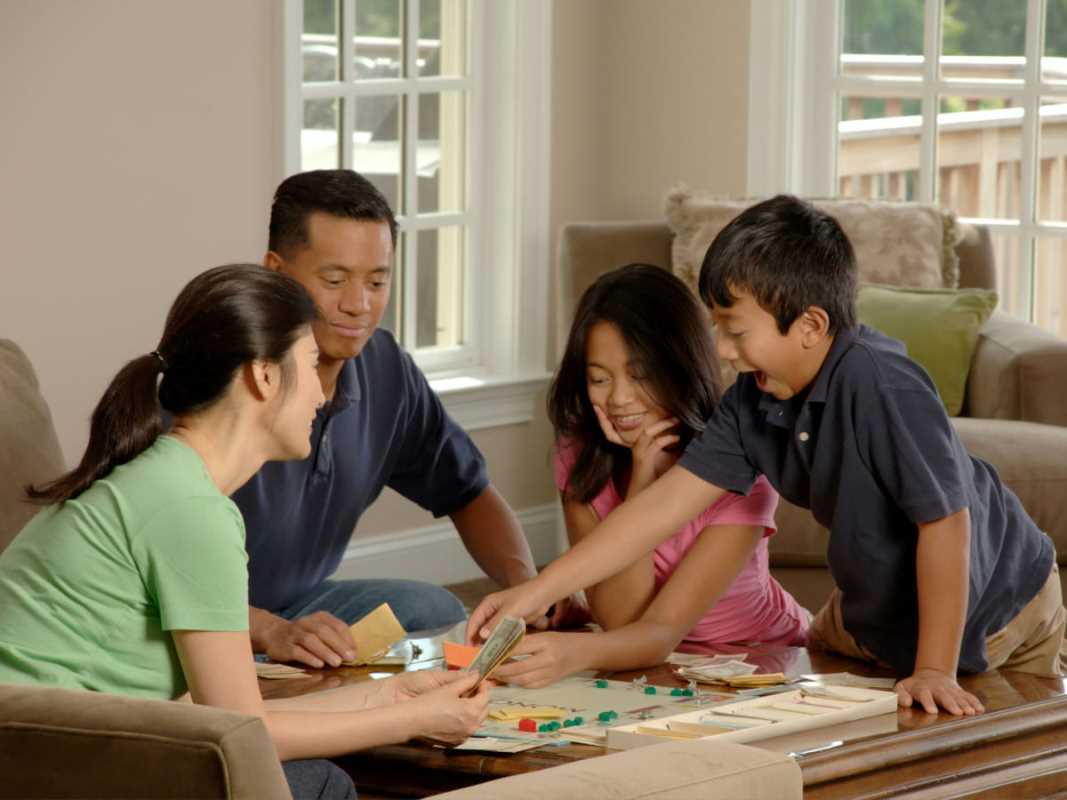Regular physical activity is essential for children’s overall health and well-being. Not only does it support physical development, but it also plays a crucial role in mental health, social skills, and academic performance. Despite its importance, getting kids to exercise can be a challenging task in today’s digital age, where screens and sedentary activities often dominate their attention. The key to encouraging children to stay active lies in making exercise fun and engaging. This article explores a variety of innovative ideas to help kids enjoy their workout routines and develop a lifelong love for physical activity.
1. Turn Exercise into Play: Interactive Games and Activities
One of the most effective ways to get kids moving is by incorporating interactive games into their exercise routine. Children naturally love to play, so turning physical activity into a game is a surefire way to keep them engaged. Classic games like "Simon Says," "Red Light, Green Light," and "Duck, Duck, Goose" not only provide a great workout but also help kids develop motor skills, agility, and coordination.
Simon Says: This game can be adapted to include various physical activities, such as jumping jacks, running in place, or balancing on one foot. By following commands, kids are constantly moving and using different muscle groups without even realizing they’re exercising.
Red Light, Green Light: This game involves starting and stopping movement on command, which helps improve reaction time, listening skills, and overall coordination. Kids can run, skip, or hop when the "green light" is called and must freeze immediately when the "red light" is announced.
Duck, Duck, Goose: A perfect game for large groups, this involves kids sitting in a circle while one child walks around, tapping others on the head, calling "duck" or "goose." When "goose" is called, the chosen child must chase the first around the circle, incorporating running and quick reflexes.
Beyond these traditional games, parents and educators can create new interactive activities tailored to their child’s interests. For example, if a child loves animals, they could play a game where they imitate different animals’ movements, such as hopping like a frog or slithering like a snake. These types of imaginative games make exercise feel less like a chore and more like an adventure.
2. Family Fun: Exercise Together
Making exercise a family affair is another excellent way to ensure that children stay active. When parents and caregivers participate in physical activities with their children, it not only promotes bonding but also serves as a powerful example of a healthy lifestyle. Family-friendly activities such as hiking, biking, or playing sports together can make exercising more enjoyable for kids.
Hiking: Exploring nature trails together as a family offers a fun way to get moving while enjoying the great outdoors. Children can learn about the environment, spot wildlife, and enjoy the changing scenery, making the physical activity more engaging.
Biking: Cycling is a fantastic cardiovascular exercise that kids can enjoy with their family. Planning a weekend bike ride in a nearby park or along a scenic route provides a fun way to get the whole family moving together.
Playing Sports: Engaging in sports like soccer, basketball, or tennis can be a great way to keep kids active. Organizing family tournaments or friendly matches encourages children to participate and develop a competitive spirit in a fun, supportive environment.
By integrating exercise into family routines, parents can help instill positive habits in their children. Regular family walks after dinner, weekend outings to the park, or even dance sessions in the living room can become cherished traditions that promote physical fitness and family togetherness.
3. Dance It Out: The Joy of Movement
Dance is a natural and joyful way for children to get moving. Hosting dance parties at home is an easy and fun way to encourage physical activity. Dancing helps improve cardiovascular fitness, coordination, and flexibility, while also being an excellent stress reliever and mood booster.
Dance Parties: Set aside time for regular dance sessions where kids can dance their hearts out to their favorite songs. Whether it’s a solo performance or a family dance-off, the key is to let kids express themselves freely through movement.
Choreography Challenges: For older kids who enjoy a bit of structure, creating and learning choreographed dance routines can be a fun challenge. They can make up their own moves, teach them to friends or family members, and even put on performances.
Cultural Dances: Introduce children to dances from different cultures around the world. This not only provides a great workout but also enriches their understanding of global traditions and the diverse ways people express joy through movement.
Incorporating dance into a child’s routine can also be done through dance classes or dance-themed video games. Many fitness apps and video games now feature dance challenges that are both entertaining and physically demanding, making it easy for kids to stay active in an enjoyable way.
4. Embrace Technology: Interactive Fitness for Kids
In a world where technology plays a significant role in children’s lives, integrating tech into their physical activities can make exercise more appealing. Numerous fitness apps, video games, and interactive devices are designed specifically to engage kids in physical activity.
Fitness Apps for Kids: There are several apps available that make exercising fun for children by turning it into a game. Apps like Sworkit Kids offer guided workouts tailored for children, featuring exercises that are easy to follow and entertaining.
Active Video Games: Video games like Just Dance or Ring Fit Adventure use motion-sensing technology to encourage kids to move their bodies. These games can be particularly effective for children who enjoy gaming, as they combine the excitement of video games with the benefits of physical exercise.
Virtual Reality Workouts: VR technology offers immersive experiences that can make exercise feel like an adventure. Kids can engage in virtual sports, dance-offs, or even explore virtual worlds that require physical movement, making exercise feel more like playtime.
While technology can sometimes contribute to sedentary behavior, when used wisely, it can also be a powerful tool to motivate kids to stay active. Parents can use these tools to create a balanced approach to physical activity that leverages the appeal of technology in a healthy way.
5. Obstacle Courses: The Thrill of Challenge
Setting up obstacle courses is a thrilling way to encourage kids to be active. Whether in the backyard, at a park, or even indoors on a rainy day, obstacle courses challenge children to run, jump, crawl, and climb, promoting overall physical fitness and motor skills development.
DIY Obstacle Courses: Using everyday household items like chairs, pillows, and ropes, parents can create fun and challenging obstacle courses for kids to navigate. Each section of the course can target different physical skills, such as balance, strength, and agility.
Outdoor Adventure Courses: If space allows, setting up a more elaborate outdoor obstacle course can provide hours of entertainment and exercise. Activities might include running through tires, climbing over fences, jumping between stepping stones, or crawling under nets.
Timed Races: Adding a competitive element by timing kids as they race through the course can make the activity even more exciting. Encouraging kids to beat their own times or race against siblings or friends fosters a sense of achievement and motivates them to keep improving.
Obstacle courses not only keep kids physically active but also help develop problem-solving skills as they figure out how to navigate each part of the course. This combination of physical and mental challenges makes obstacle courses a highly effective way to engage kids in exercise.
6. Create a Routine and Reward System
To keep kids consistently active, it’s important to establish a routine and, if appropriate, incorporate a reward system. Regular exercise should be integrated into a child’s daily schedule, much like schoolwork or chores, to create a sense of structure.
Daily Exercise Routine: Setting aside specific times each day for physical activity helps establish exercise as a normal part of a child’s routine. Whether it’s a morning walk, an afternoon dance session, or an evening bike ride, consistency is key to developing healthy habits.
Reward System: While intrinsic motivation is ideal, younger children, in particular, may respond well to a reward system. This could include earning points for completing daily exercises, which can be redeemed for small rewards, such as extra screen time, a special outing, or a new toy.
Tracking Progress: Using charts, journals, or apps to track a child’s physical activity can help them see their progress over time. Celebrating milestones, such as reaching a certain number of active days in a row or mastering a new skill, reinforces the positive behavior and encourages continued effort.
Creating a positive and supportive environment around exercise is crucial for helping kids develop a lifelong love of physical activity. By making it a regular part of their lives and rewarding their efforts, parents can foster healthy habits that will benefit their children for years to come.
Cultivating a Love for Physical Activity in Kids
Incorporating these innovative ideas to make exercise fun for kids is key to helping them stay active and engaged. By turning physical activity into play, involving the whole family, embracing dance, leveraging technology, creating obstacle courses, and establishing routines, parents and caregivers can instill a love for movement in children from a young age.
Making exercise enjoyable not only promotes their physical health but also fosters a positive attitude towards staying active throughout their lives. As children grow, the habits and attitudes they develop towards physical activity will play a crucial role in their overall well-being. By prioritizing fun and engagement, we can help the next generation lead healthier, more active lives.
(Image via Adobe)







